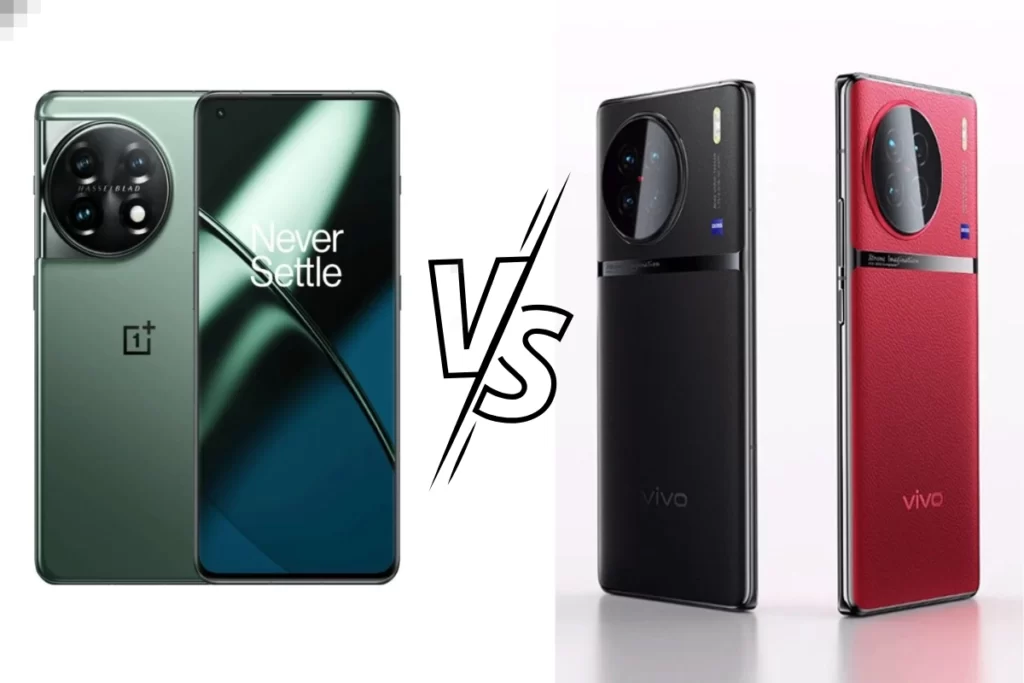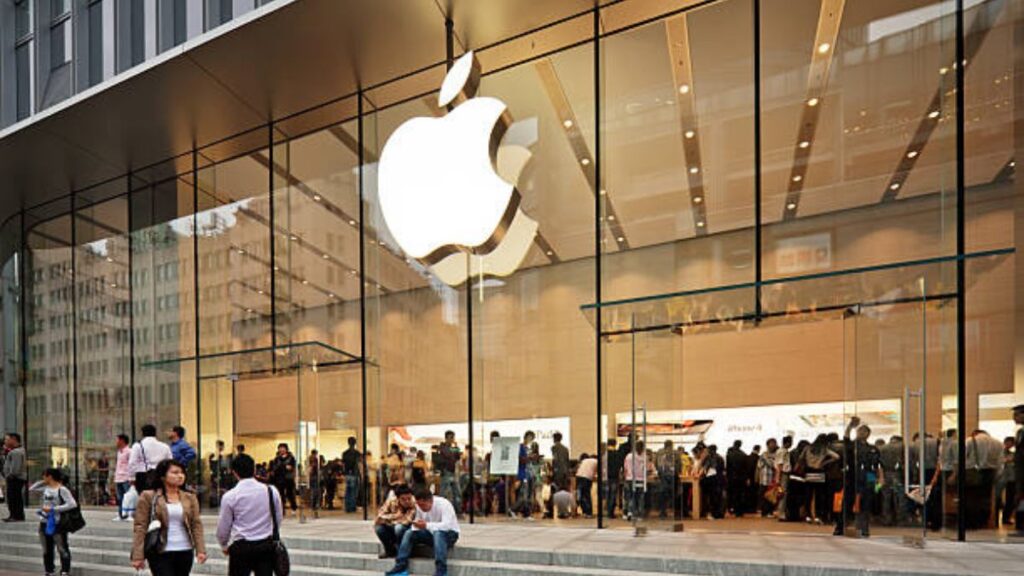Microsoft has unveiled its latest Surface computer slide, the Surface Pro 8 looks like a direct competitor to Apple’s 12.9-inch iPad Pro. Here’s how Microsoft’s new production tablet integrates with Apple’s long-term offering.
Microsoft’s updated Surface setup includes a variety of potential user options, including Surface Duo 2 and Surface Laptop Studio. The most expensive in the range, the launch of the Surface Pro 8 on October 5, seems to be shooting the iPad Pro, at least with its name.
Packing the Core i5 and Core i7 processors and with a smaller package, the Surface Pro 8 can be a portable workplace for some people. However, it does so in an area where Apple controls its iPad family.
Surface Pro 8 vs 12.9-inch iPad Pro – Body size
With the release of 2021, Microsoft reduced the bezels to the Surface Pro 8, bringing the full size closer to the 12.9-inch iPad Pro. It’s not the same, but it’s exactly the same.
The iPad Pro is shorter in length, 11.04 inches to 11.3 inches, but slightly wider at 8.46 inches to 8.2 inches. There is a difference between the two, but given that they are smaller, it is best to distinguish between the two.
Which cannot be easily removed from the thickness. Apple has continued its unparalleled design concept, with the iPad Pro squeezing in at a wide range of 0.25-inch.
Currently, the Microsoft tablet is 0.37 inches thick, 50% less than the iPad Pro.
To add to the size and weight comparison, the iPad Pro wins here. While the iPad Pro weighs in at 1.51 pounds, the Surface Pro 8 weighs in at 1.96 pounds.
While width and height may not be the same, weight will certainly be one for users.
Surface Pro 8 vs 12.9-inch iPad Pro – Display
One of the reasons for the wide and long difference between the two tablets is Microsoft’s insistence on using a different display size.
Microsoft’s 13-inch Pixelsense Flow flow screen has a 3: 2 ratio, with a resolution of 2,880 at 1,920. The iPad Pro uses a 12.9-inch Liquid Retina display, with a ratio of 4: 3, and a resolution of 2,732 at 2,048.
Consistent with body size, the iPad screen adjustment is not far but wide. Surface Pro’s 267ppi pixel density is much higher than the iPad Pro’s 264ppi, but the difference is very small.
Speaking of jeans, the smaller bezels of the Surface Pro 8 mean that the two edges have smaller bezels, while the other two are slightly thicker.
The iPad Pro uses non-aligned bezels, which may be more appealing to some.
The Surface Pro 8 screen offers Apple-like features, such as the ability to vary between 60Hz and 120Hz, the iPad Pro with ProMotion. There is also Dolby Vision support, so it will be able to handle HDR content well.
Microsoft does not disclose the type of lighting used on the Surface, but it probably does not use low-intensity LED lighting such as the iPad Pro.
So, we don’t even know how bright it can be compared to iPad Pro’s full-screen 1,000-nit screen and 1,600 HDR high-brightness light.
There is no suggestion even for a comparison of Surface Pro 8. In hindsight, the iPad Pro controls 1 to 1 million.
Surface Pro 8 vs 12.9-inch iPad Pro – Performance
Apple uses the M1 chip in its iPad Pro version, bringing its chip-class chip to its portable computer platform.
For comparison: Microsoft Surface Pro 8 vs 12.9-inch iPad Pro
That includes eight processing cores, divided between four high-performance cores and four high-performance cores, eight GPUs, and a 16-core Neural Engine.
Microsoft offers users a choice of two processors, the Intel Core i7-11785G7 and the Core i5-1135G7. Both are 11th generation Tiger Lake chips with four bullets and eight threads, with the Core i5 closed at 4.2GHz under the Turbo and the Core i7 at 4.8GHz.
Apple uses 8GB of memory for sub-TB models, 16GB for TB volume version.
Microsoft has 8GB, 16GB, and 32GB power options, which may provide additional memory for the Surface Pro 8 to play with, depending on configuration.
Given how Apple manages memory control over its mobile devices, Microsoft’s high-resolution memory option may not be entirely profitable.
According to the benchmarks, the 12.9-inch iPad Pro controls 1,707 single Geekbench tests and 7,212 multi-core.
Since Microsoft has not yet released new models yet, and it has not yet been released, we should compare using the same hardware ballpark figure.
Book search with the same processors as Microsoft options offer a single backbone of 1,500 Core i7, 1,300 Core i5. In multi-core, it is about 5,000 for the Core i7, 3,600 for the Core i5.
While this is a well-known guess, it certainly doesn’t look like the performance of the Surface Pro 8 when it comes to benchmarks.
On the graphic side, Microsoft uses Intel Iris Xe, which is an integrated image. Geekbench’s OpenCL rating gets Iris Xe at 14,413, which is a good result.
Microsoft’s problem is that the M1 handled 18,260.
It looks like the iPad Pro is more powerful on two tablets in this category. At least, until the benchmark compares to the hardware sold.
Surface Pro 8 vs 12.9-inch iPad Pro – Cameras
Photography has always been a strong point for Apple devices, and when shooting between a 12.9-inch iPad Pro and Surface Pro 8, Apple has great fire-fighting capabilities.
Behind the Surface Pro 8 there is a single 10-megapixel camera, which Microsoft says can shoot 4K video, and has automatic capabilities.
Naturally, Apple goes much better by adding both a 12-megapixel Wide camera and a 10-megapixel Ultra Wide model. Not only is it the visual zoom you can play on the iPad Pro, but it also adds 5x digital zoom, autofocus, 4K video at 60fps, 240fps 1080p Slo-mo, and cinema video enhancement.



